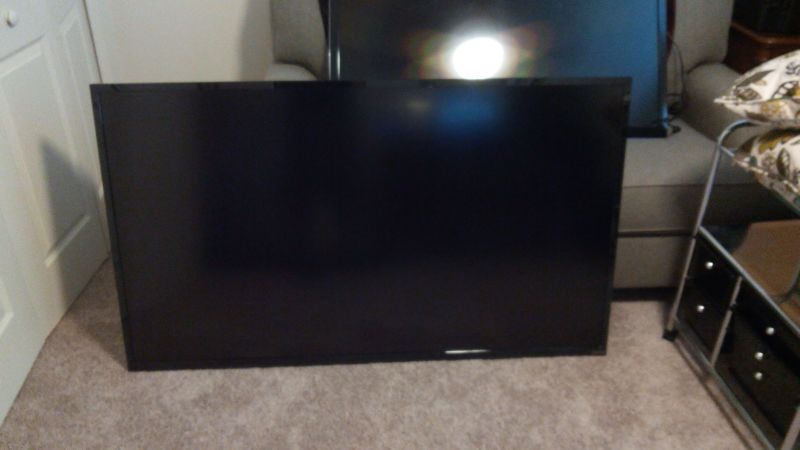Moving Checklist
Two Months Prior to Moving
There are so many things to think about when moving! Here’s a comprehensive checklist to help you stay on track:
- Clean. Go through every room of your house and decide what you’d like to keep and what you can get rid of. Think about whether any items will require special packing or extra insurance coverage.
- Research. Start investigating moving company options. Do not rely on a quote over the phone; request an on-site estimate. Get an estimate in writing from each company, and make sure it has a USDOT (U.S. Department of Transportation) number on it.
- Create a moving binder. Use this binder to keep track of everything—all your estimates, your receipts, and an inventory of all the items you’re moving.
- Organize school records. Go to your children’s school and arrange for their records to be transferred to their new school district.
Six Weeks Prior to Moving
- Order supplies. Order boxes and other supplies such as tape, Bubble Wrap, and permanent markers. Don’t forget to order specialty containers, such as dish barrels or wardrobe boxes.
- Start using up things that you don’t want to move, like frozen or perishable foods and cleaning supplies.
- Take measurements. Check room dimensions at your new home, if possible, and make sure larger pieces of furniture will fit through the door.
One Month Prior to Moving
- Choose your mover and confirm the arrangements. Select a company and get written confirmation of your moving date, costs, and other details.
- Begin packing. Start packing the things that you use most infrequently, such as the waffle iron and croquet set. While packing, note items of special value that might require additional insurance from your moving company. Make sure to declare, in writing, any items valued over $100 per pound, such as a computer.
- Label. Clearly label and number each box with its contents and the room it’s destined for. This will help you to keep an inventory of your belongings. Pack and label “essentials” boxes of items you’ll need right away.
- Separate valuables. Add items such as jewelry and important files to a safe box that you’ll personally transport to your new home. Make sure to put the mover’s estimate in this box. You’ll need it for reference on moving day.
- Do a change of address. Go to your local post office and fill out a change-of-address form, or do it online at usps.gov. But in case there are stragglers, it’s always wise to ask a close neighbor to look out for mail after you’ve moved. Check in with him or her two weeks after the move, and again two weeks after that.
- Notify important parties. Alert the following of your move: banks, brokerage firms, your employer’s human resources department, magazine and newspapers you subscribe to, and credit card, insurance, and utility companies.
- Forward medical records. Arrange for medical records to be sent to any new health-care providers or obtain copies of them yourself. Ask for referrals.
Two Weeks Prior to Moving
- Arrange to be off from work on moving day. Notify your office that you plan to supervise the move and therefore need the day off.
- Take your car to a garage, and ask the mechanic to consider what services might be needed if you’re moving to a new climate.
- Clean out your safe-deposit box. If you’ll be changing banks, remove the contents of your safe-deposit box and put them in the safe box that you’ll take with you on moving day.
- Contact the moving company. Reconfirm the arrangements.
One Week Prior to Moving
- Refill prescriptions. Stock up on prescriptions you’ll need during the next couple of weeks.
- Pack your suitcases. Aim to finish your general packing a few days before your moving date. Then pack suitcases for everyone in the family with enough clothes to wear for a few days.
A Few Days Prior to Moving
- Defrost the freezer. If your refrigerator is moving with you, make sure to empty, clean, and defrost it at least 24 hours before moving day.
- Reconfirm the moving company’s arrival time and other specifics and make sure you have prepared exact, written directions to your new home for the staff. Include contact information, such as your cell phone number.
- Plan for the payment. If you haven’t already arranged to pay your mover with a credit card, get a money order, cashier’s check, or cash for payment and tip.
Moving Day
- Verify that the moving truck that shows up is from the company you hired: The USDOT number painted on its side should match the number on the estimate you were given.
- Take inventory. Before the movers leave, sign the bill of lading/inventory list and keep a copy.


